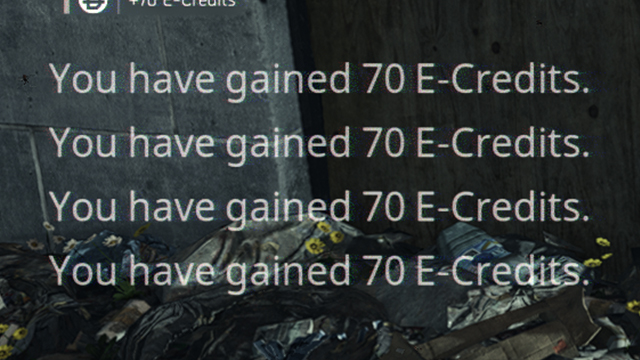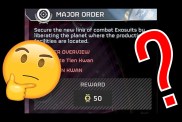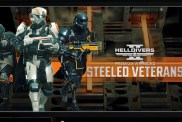The Division 2 E-Credits are the game’s main form of currency, used to purchase a wide variety of items throughout your adventure, so it’s important to know how to earn money fast. Running out of E-Credits when a new weapon upgrade is available, or when you need those last few crafting materials, can be a real downer. Avoid situations like that by getting money quickly and knowing the answer to “What should I spend E-Credits on?” Here’s what you need to know about earning The Division 2 E-Credits.
What are E-Credits in The Division 2?
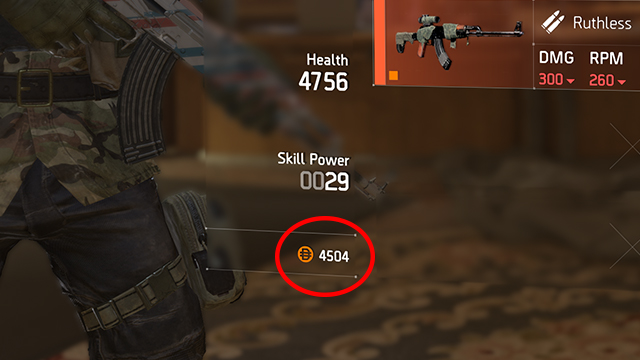
I’ll admit that I myself wasn’t exactly sure what E-Credits were when first booting up the game. Seeing the currency in the Ubisoft Club Reward screen had me scratching my head, wondering whether it was a premium currency for microtransaction loot boxes, or if it was just the basic in-game money. It turns out that it’s the latter!
The Division 2 E-Credits are the currency used for most transactions, viewable in the Character screen beneath Armor, Health, and Skill Power.
Should I buy the 400 E-Credits Ubisoft Club Reward?

The Division 2 400 E-Credits Ubisoft Club Reward may be tempting at first, especially if you don’t know what the currency is. However, unless you have an enormous supply of Club Units, I’d avoid spending 20 of them for a mere 400 E-Credits.
It won’t take you long at all to make 400 E-Credits by just playing through the campaign. Sure, that immediate boost may give you a nice low-level weapon, but that will only last a mission or two before it turns obsolete.
The Division 2 E-Credits | How to earn money fast
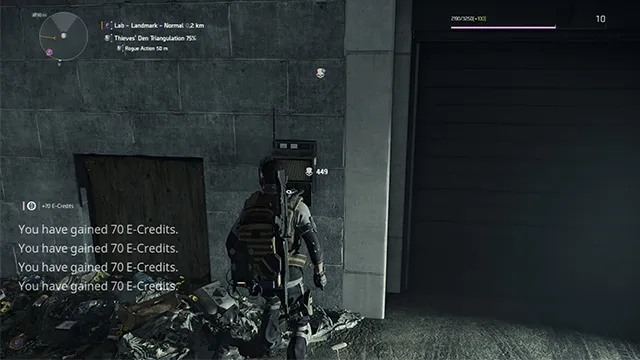
The obvious way to earn money in The Division 2 is to sell unwanted loot to Vendors. If you don’t want to donate items to Projects, or deconstruct them for crafting materials, you can simply head to a Vendor at the Base of Operations or at a Settlement.
However, in order to earn money fast in The Division 2, I’d recommend trying out the Dark Zones. By completing Rogue actions, I managed to enjoy a long stream of 70 E-Credits rewards, as seen in the screenshot above.
Tom Clancy Franchise Tour
-
The Division 2 and the best and worst Tom Clancy franchises

Due to a set of circumstances only possible in our industry, the Tom Clancy name has been all over gaming. It's the first name in tactical shooters and one of Ubisoft's most valuable franchises. However, it's not all sunshine and roses. Here is the history of The Clance in video game form. -
The Hunt for Red October
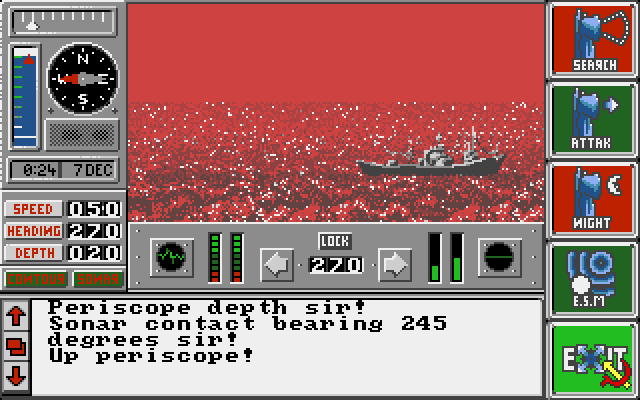
In the late '80s, one of the prominent genres on home PCs were tense strategy games. Since graphics hadn't evolved as of yet, games, where you played in the theater of the mind, dominated the landscape. What better subject than the tense thrillers of Tom Clancy for these types of experiences? -
The Sum of All Fears
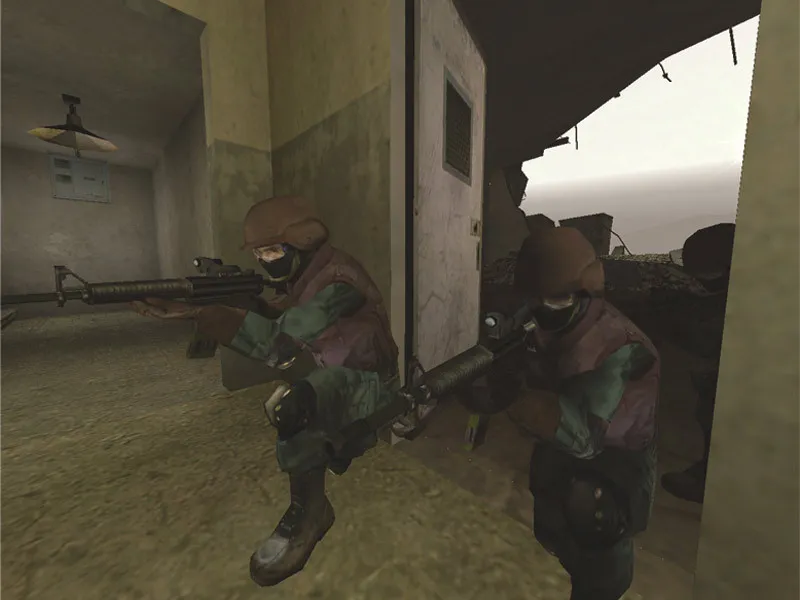
In 1996, Tom Clancy co-founded Red Storm Entertainment after seeing these early successes. Ubisoft subsequently purchased the studio in 2000 after establishing a working relationship with them. Ubisoft then purchased the Tom Clancy name outright for use in video games in 2006. By then, games tying into Clancy's movie successes just weren't enough. -
Rainbow Six
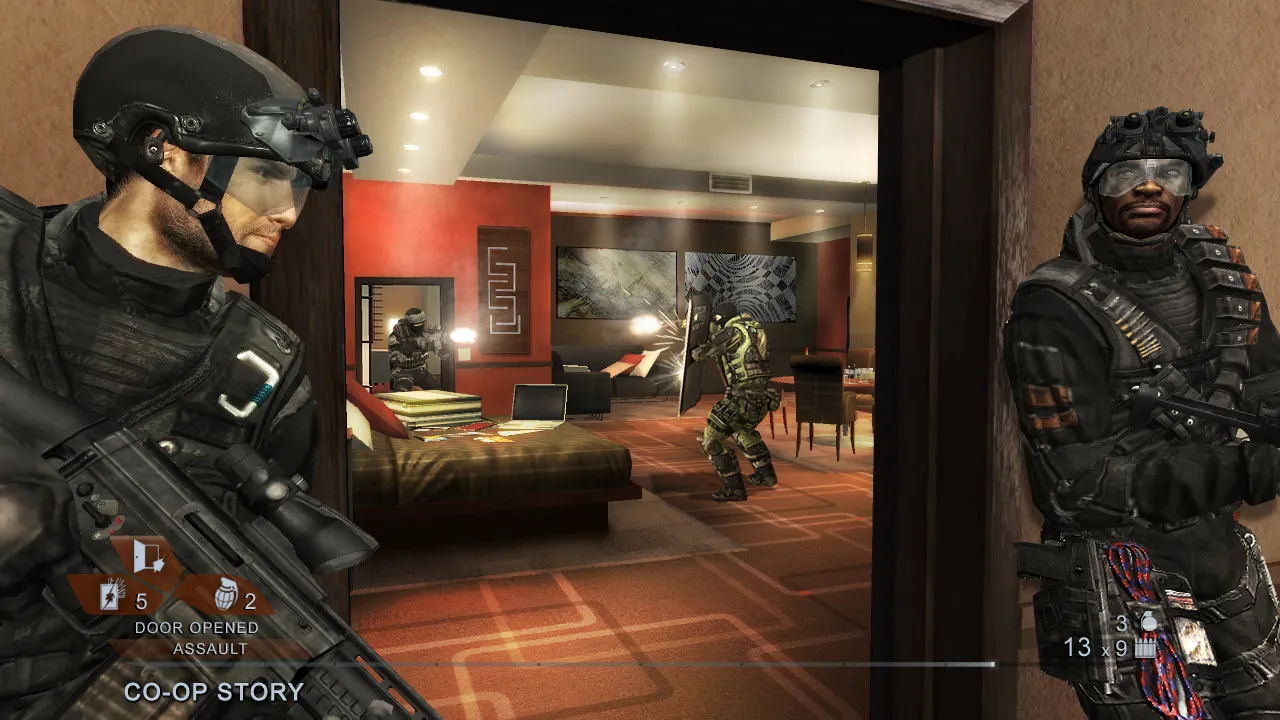
Originally based on one of Clancy's novels, the Rainbow Six series encompasses 17 distinct releases across multiple platforms. Each game features tactical first-person shooting and aspires to be a military simulation. This style peaked with a pair of Vegas titles released on Xbox 360. -
Rainbow Six Siege
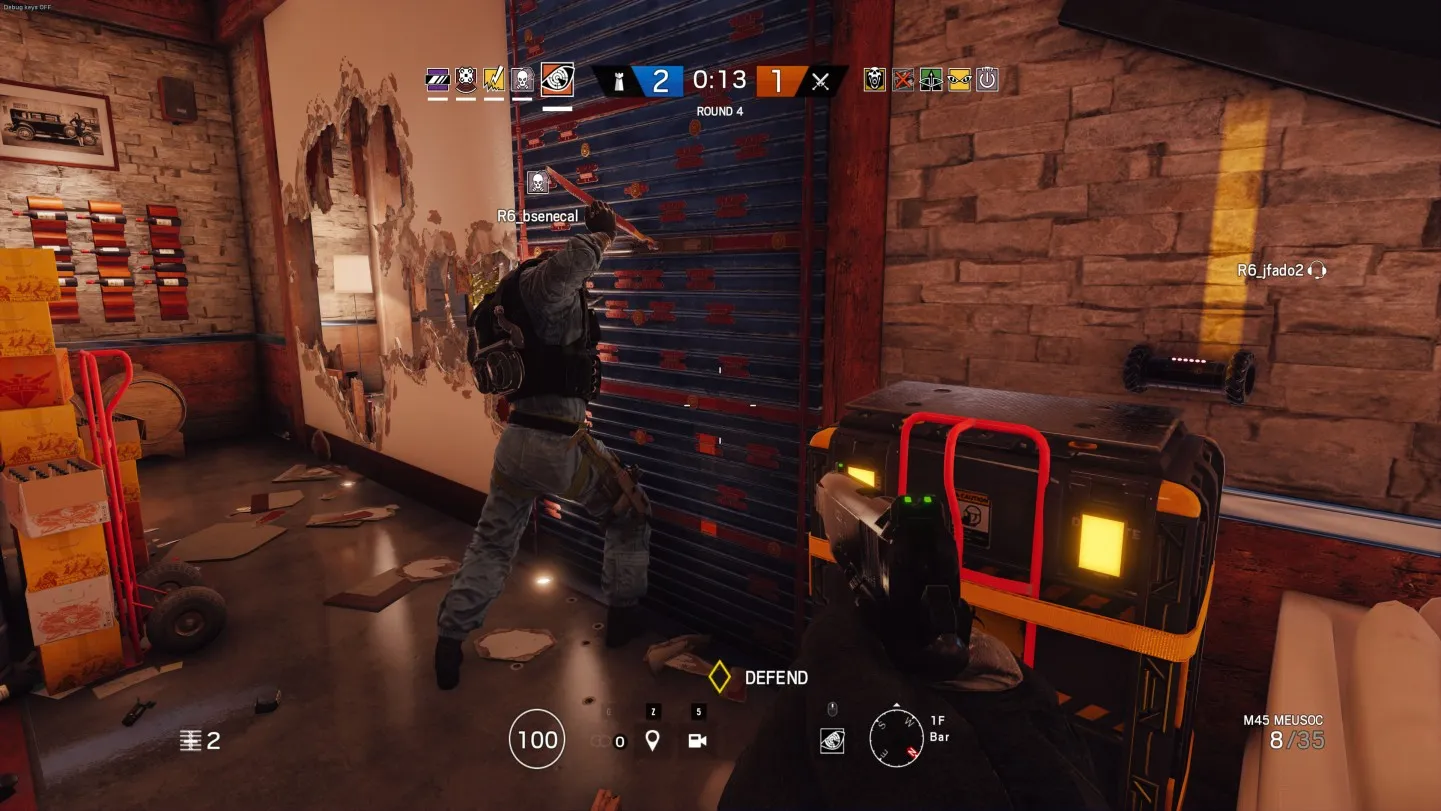
After spending several years developing a follow-up to Vegas entittled Patriots, Ubisoft went a different way. Rainbow Six Siege is a multiplayer-focused endeavor with Overwatch-style heroes as its operatives. Although it started off on the wrong foot, constant improvements have made it one of the most popular shooters going. -
Ghost Recon
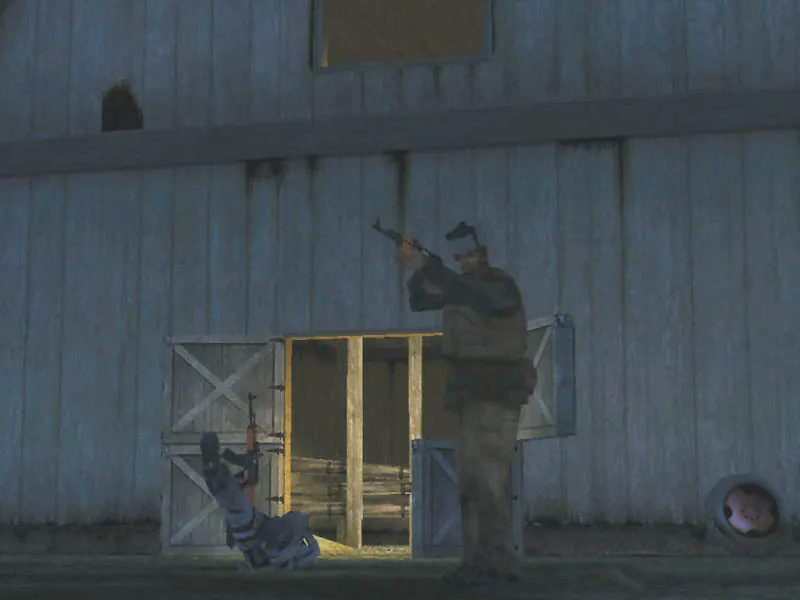
The second set of Clancy tactical shooters, Ghost Recon differentiates itself with its third-person gameplay and its large outdoor environments. There have been fourteen Ghost Recon releases, ranging from the modern day to the near future. Most recently, Ghost Recon took a turn into the open world with Wildlands. -
Ghost Recon Advanced Warfighter

A subsection of Ghost Recon, "GRAW" was one of the standout games around the Xbox 360 launch. Combining the tactics the series is known for with then-futuristic technology made for a great combination. Ubisoft would revisit the idea with a direct sequel and Future Soldier in 2012. -
Splinter Cell

Splinter Cell's Sam Fisher might have been in the running as an Xbox mascot back in the good old days. A stealth action series to rival Metal Gear, Sam's adventures are classics, particularly the original trilogy. The latest in the series was Blacklist in 2013, although there have been hints that Sam might drop in again any day now. -
EndWar
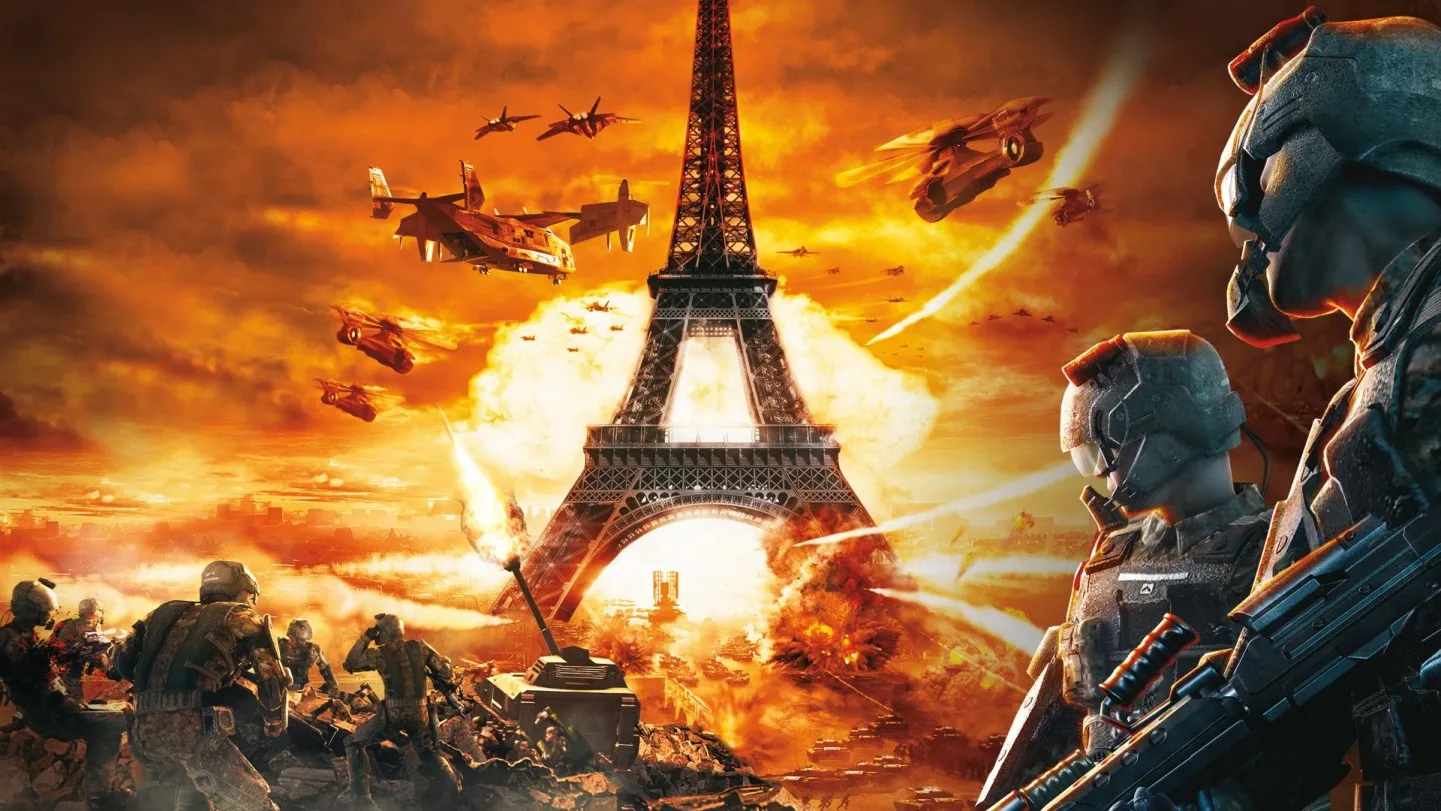
Taking Tom Clancy back to full on tactics, 2008's EndWar promoted itself on its voice-operated commands. You could control the entire game with a headset, although some reviewers found that to be difficult to achieve. A sequel started development but never saw the light of day. There was a free-to-play follow-up planned but it was canceled. -
H.A.W.X.
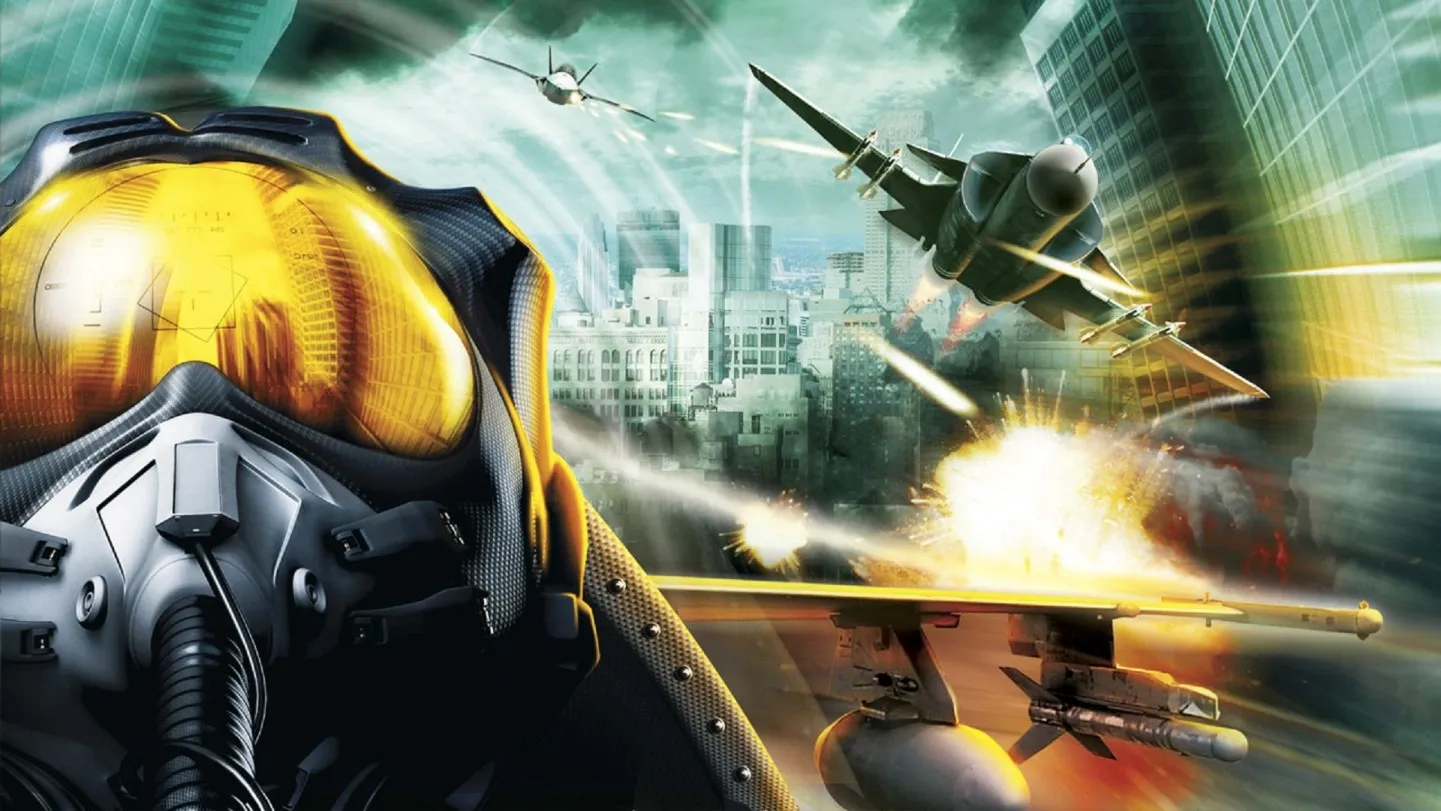
An arcade flying game taking place in the timeline of Advanced Warfighter, H.A.W.X. is a weird fit in the Tom Clancy timeline. Two games were released in 2009 and 2010, both receiving mixed to positive reviews. A seeming stopgap in the industry while Ace Combat slumbered, this is one name we probably won't be seeing again. -
The Division

The latest Tom Clancy joint, The Division takes the gameplay structure of Destiny and brings it down to Earth. Literally. This loot shooter doesn't quite have the tactical gameplay of past titles bearing Mr. Clancy's name, but it does have the squad controls and the storyline that attempts to match his most engaging works of fiction. Well, it doesn't have great storytelling techniques but at least it has the look and feel of a Clancy game.
